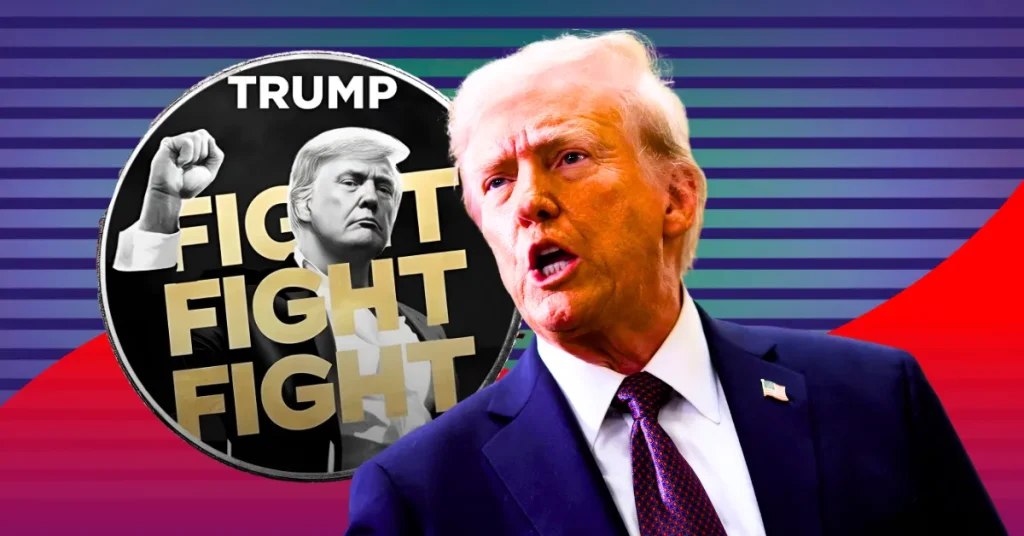
The post Eric Trump Denies Family Involvement of an Alleged Trump Wallet By Magic Eden (ME) appeared first on Coinpedia Fintech News
Magic Eden (ME), an established Solana (SOL)-based NFT marketplace, announced on Tuesday, during the mid-North American session, that it intends to launch a crypto wallet for Trump fans. According to an X post, Magic Eden announced that crypto enthusiasts can join the free waitlist for a chance to win a share of $1 million in $TRUMP.
According to the official website for the trumpwallet powered by Magic Eden, the project partnered with the Official Trump memecoin, which is backed by U.S. President Donald Trump.
“Yes! This is the Official $TRUMP Wallet by President Trump. Magic Eden partnered with GetTrumpMemes.com to create the first and only $TRUMP Wallet. Have Fun,” the FAQ noted.
An Epic Denial From Eric Trump
As soon as the news for the Trumpwallet launch hit major headlines, Eric Trump, the Executive Vice President of the Trump Organization, announced that he knew nothing about such a partnership with Magic Eden.
The announcement created more confusion among the crypto community, with some accusing Magic Eden of orchestrating a large-scale scam.
Market Impact
Following the announcement, Magic Eden’s native token rallied over 28 percent to reach a daily local high of about $1.15. However, the ME’s rally was short-lived as the token retraced towards $1 at the time of this writing, following the denial announcement by Eric Trump.
The demand for ME tokens, nonetheless, experienced a sharp uptick as shown by its daily average trading volume, which hovered about $192 million compared to its market cap of around $154 million.




